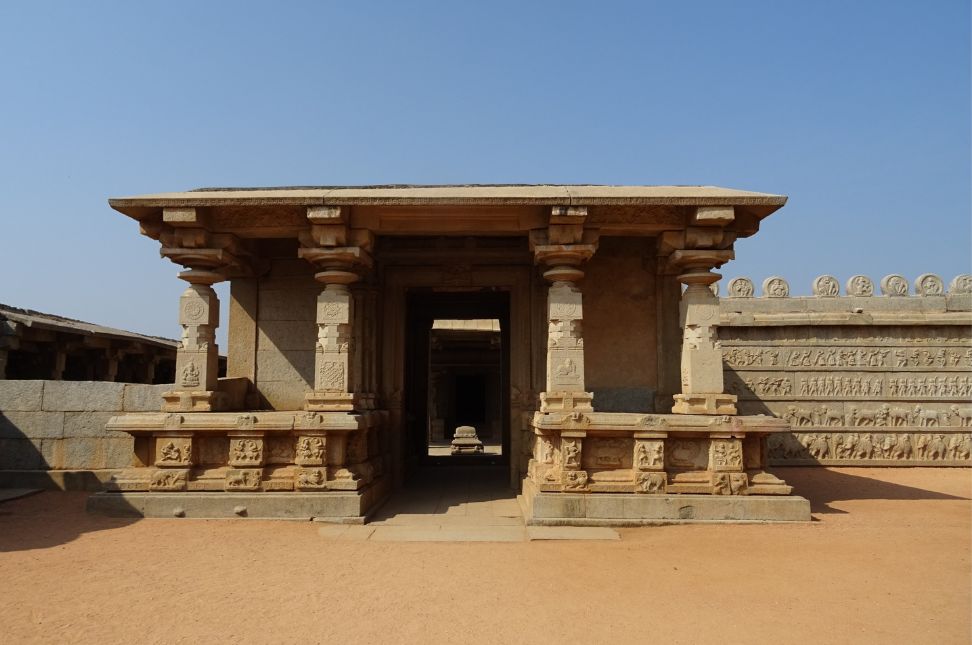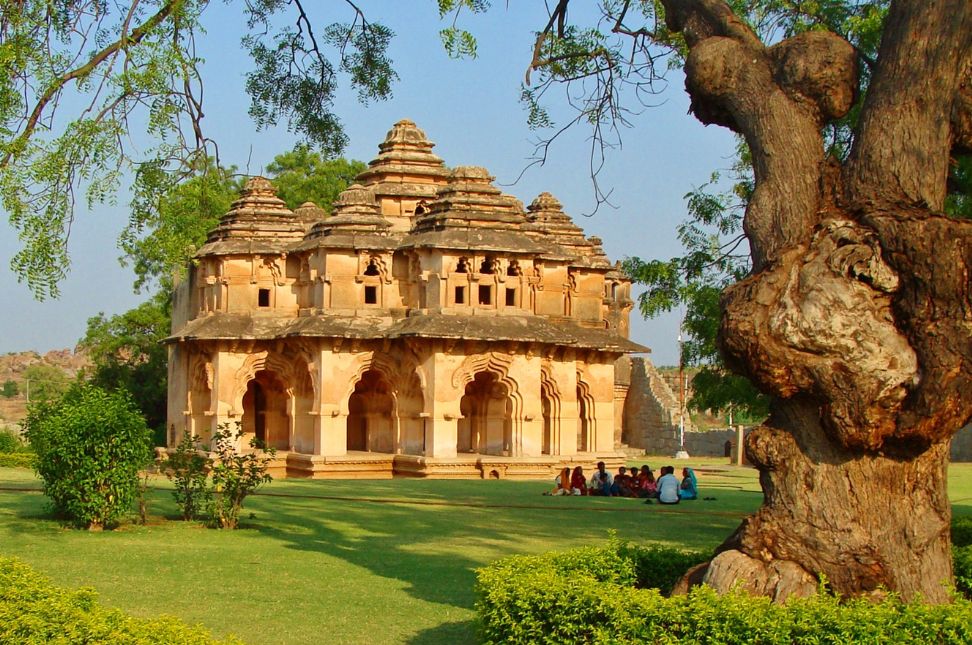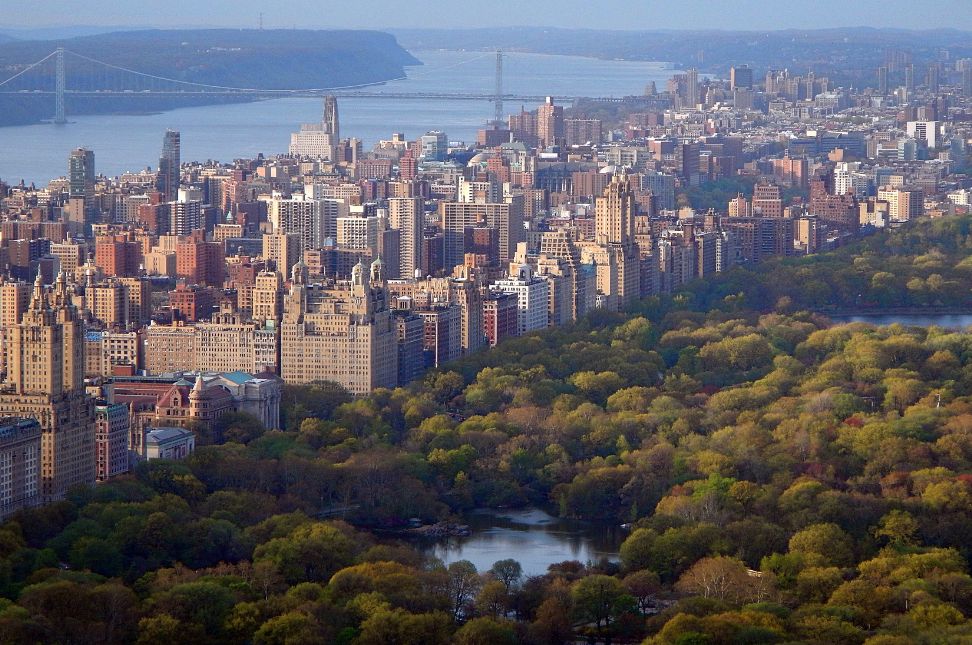The Hampi Heritage Sites are a treasure trove of history, architecture, and culture, offering a glimpse into the grandeur of the Vijayanagara Empire. Located in the southern Indian state of Karnataka, Hampi is a UNESCO World Heritage Site renowned for its stunning ruins and ancient monuments. For history enthusiasts, architecture lovers, and curious travelers, Hampi provides an immersive experience into India’s rich past. This article explores the key attractions of the Hampi Heritage Sites and offers insights into what makes this destination so unique.
A Brief History of Hampi
Hampi served as the capital of the Vijayanagara Empire from the 14th to the 16th century. It was one of the largest and richest cities in the world during its peak, known for its bustling markets, grand palaces, and magnificent temples. The city was a significant trade and cultural center, attracting merchants from Persia and Portugal. However, Hampi’s glory was short-lived; it was conquered and plundered in 1565 by a coalition of Deccan Sultanates, leading to its eventual decline.
Key Attractions at Hampi Heritage Sites
1. Virupaksha Temple
The Virupaksha Temple is one of the oldest and most significant temples among the Hampi Heritage Sites. Dedicated to Lord Shiva, this temple dates back to the 7th century. Its towering gopuram (gateway tower) stands at 50 meters, adorned with intricate carvings. The temple complex is a hub of activity, especially during the annual chariot festival, which draws thousands of devotees and tourists alike.
2. Vittala Temple
The Vittala Temple is perhaps the most iconic structure in Hampi, known for its extraordinary architecture and musical pillars. Dedicated to Lord Vittala, an incarnation of Lord Vishnu, the temple features the renowned Stone Chariot, which is depicted on Indian currency notes. The musical pillars, when tapped gently, produce musical notes, showcasing the advanced engineering skills of the Vijayanagara architects.
3. Lotus Mahal
The Lotus Mahal, with its elegant architecture, is a unique structure among the Hampi Heritage Sites. This two-storied pavilion is shaped like a lotus flower and was used as a socializing area for the royal women. Its blend of Hindu and Islamic architectural styles highlights the cultural amalgamation that was prevalent during the Vijayanagara period.
4. Hampi Bazaar
The Hampi Bazaar, located near the Virupaksha Temple, was once a thriving marketplace. Stretching over a kilometer, it was lined with pavilions that housed shops selling precious stones, silk, and spices. Today, the bazaar’s ruins give visitors a sense of the grandeur and prosperity that characterized Hampi during its golden age.
5. Queen’s Bath
The Queen’s Bath is an elaborate structure designed for the royal women. It features a large sunken bath surrounded by a series of arched corridors and balconies. Despite its ruined state, the Queen’s Bath remains an impressive example of the luxury and sophistication of the Vijayanagara Empire.
6. Elephant Stables
The Elephant Stables, another notable attraction among the Hampi Heritage Sites, were used to house the royal elephants. This long structure features a row of domed chambers, each large enough to accommodate an elephant. The blend of Hindu and Islamic architectural elements is evident in the design of the stables.
Exploring Hampi: Tips for Visitors

- Plan Ahead: Hampi is vast, and exploring all the key sites can take several days. Plan your itinerary in advance to ensure you cover the major attractions.
- Hire a Guide: A knowledgeable guide can provide invaluable insights into the history and significance of the Hampi Heritage Sites. Guides can also help you navigate the extensive ruins more efficiently.
- Best Time to Visit: The ideal time to visit Hampi is between October and February, when the weather is pleasant. Avoid visiting during the summer months, as temperatures can soar, making it uncomfortable to explore the outdoor sites.
- Stay Hydrated: Carry plenty of water, especially if you plan to explore the sites on foot. The vastness of Hampi can be exhausting, and staying hydrated is essential.
- Respect the Heritage: While exploring the Hampi Heritage Sites, remember to respect the historical structures. Avoid climbing on the ruins or touching the carvings to help preserve this invaluable heritage for future generations.
Conclusion
The Hampi Heritage Sites offer an unforgettable journey into the past, showcasing the grandeur and sophistication of the Vijayanagara Empire. From the architectural marvels of the Virupaksha and Vittala Temples to the royal elegance of the Lotus Mahal and Queen’s Bath, Hampi is a testament to India’s rich cultural and historical heritage. Whether you are an avid historian, an architecture enthusiast, or a curious traveler, a visit to Hampi promises a unique and enriching experience. So pack your bags, set out on an adventure, and immerse yourself in the timeless beauty of the Hampi Heritage Sites.




